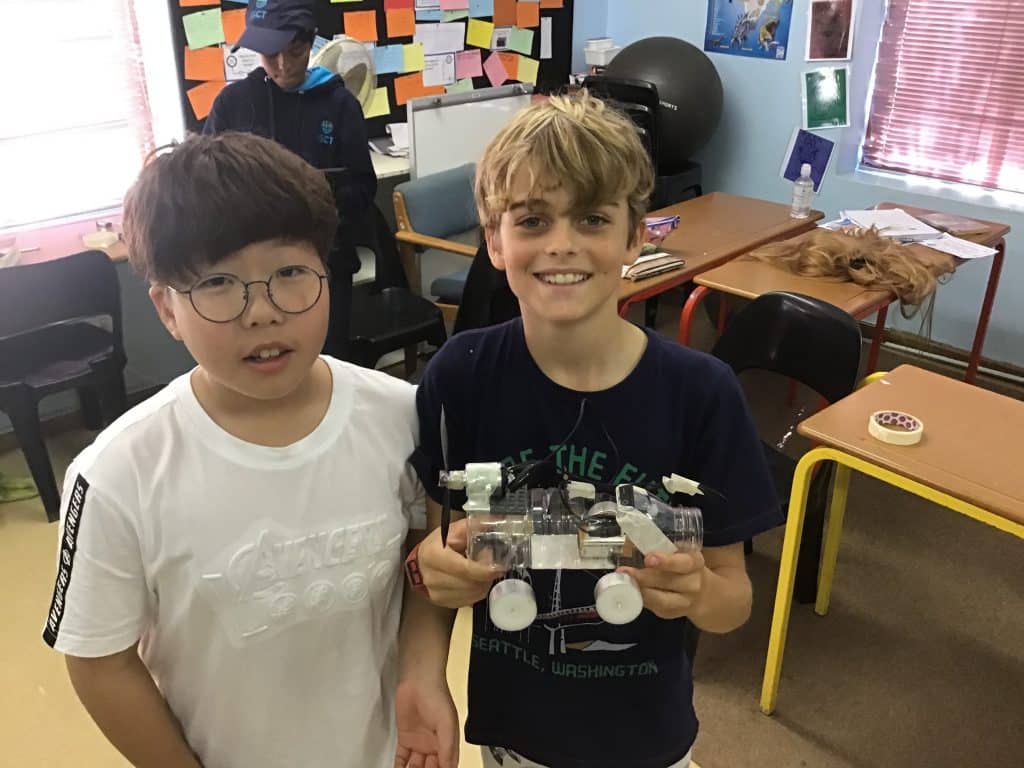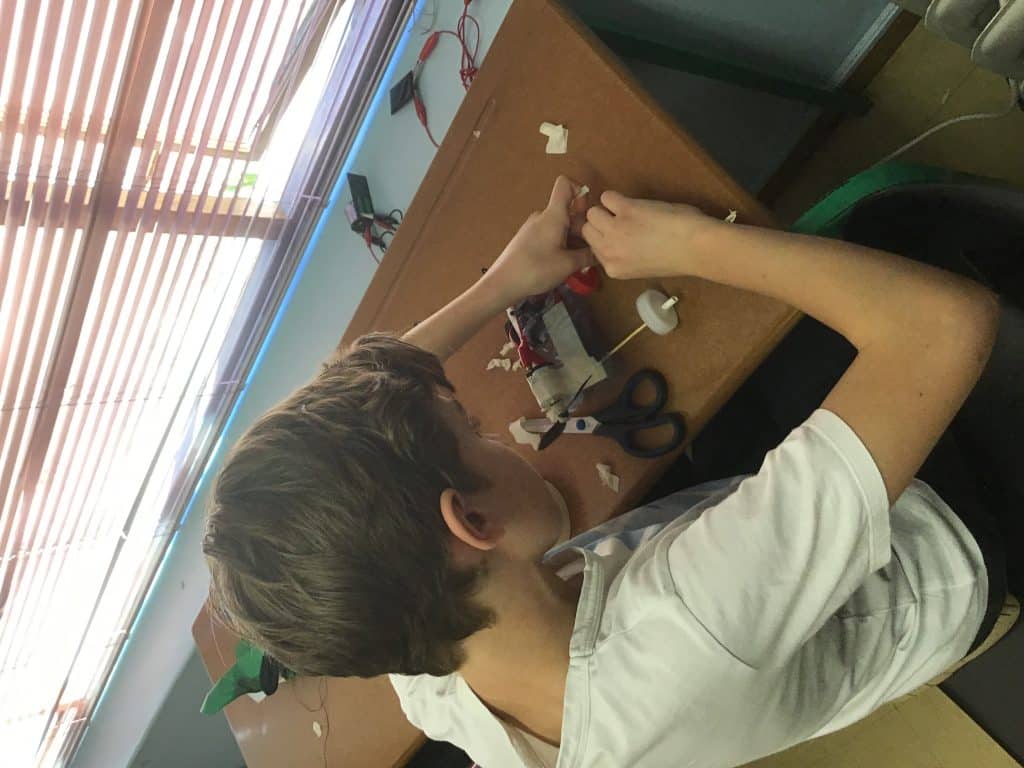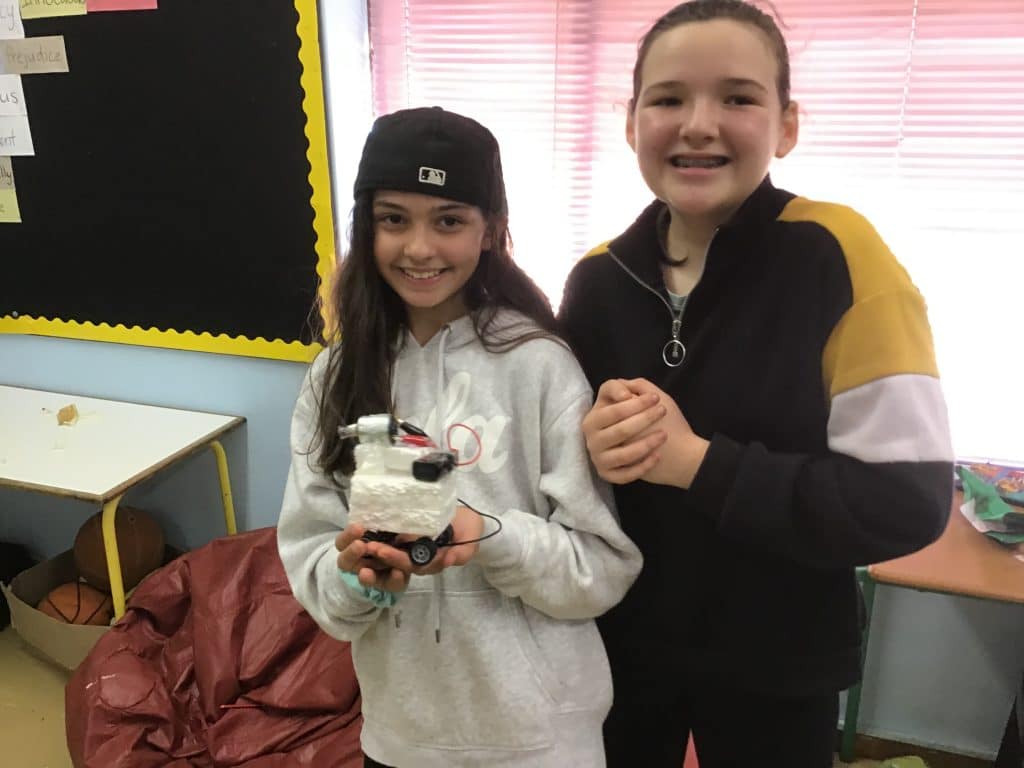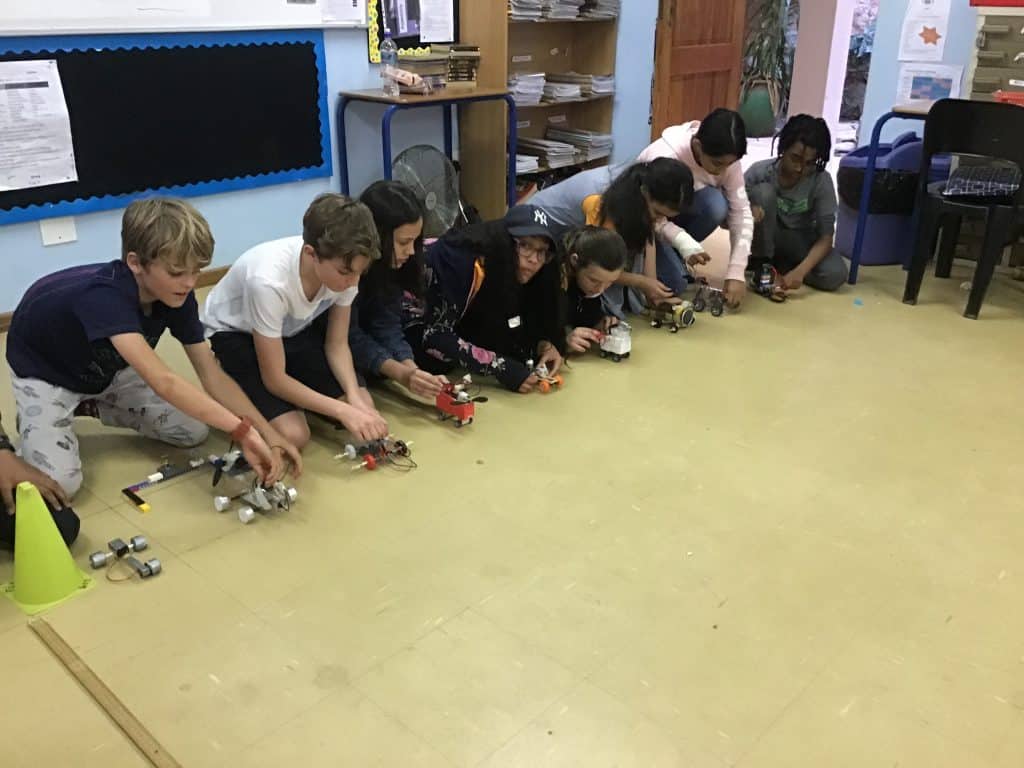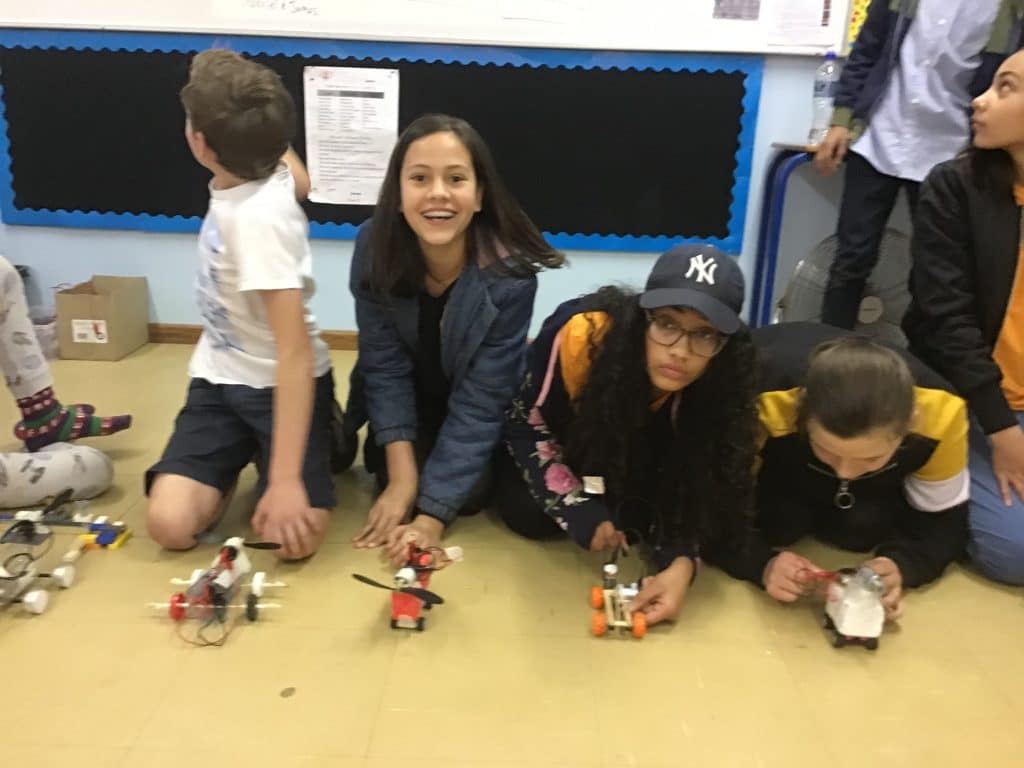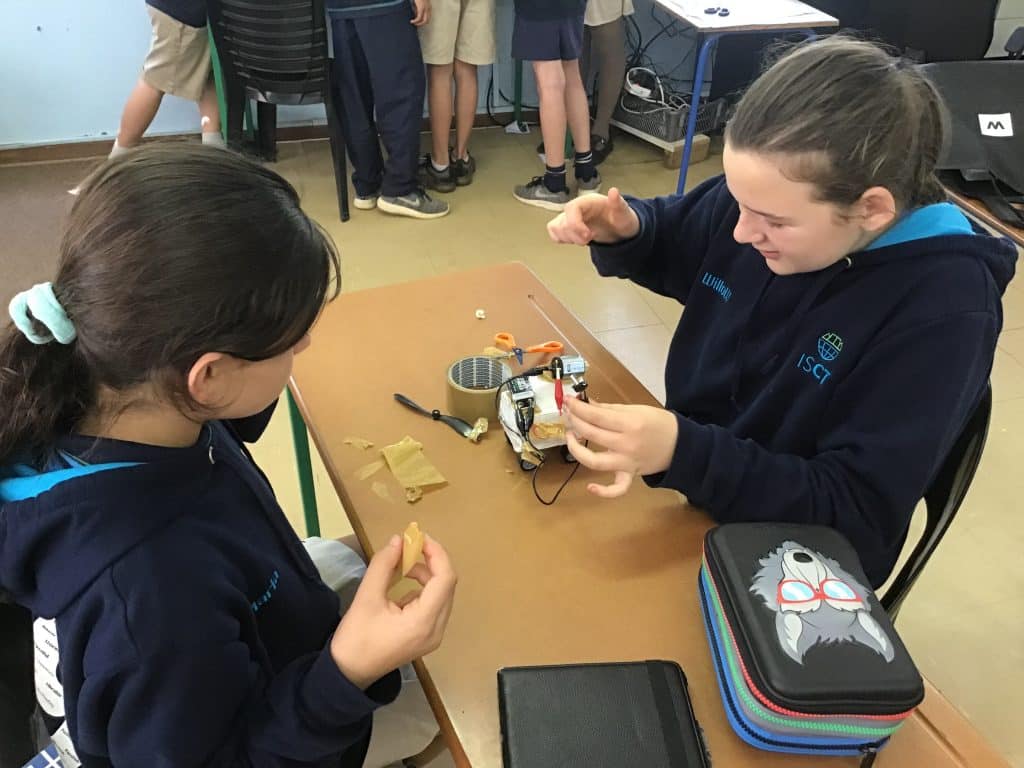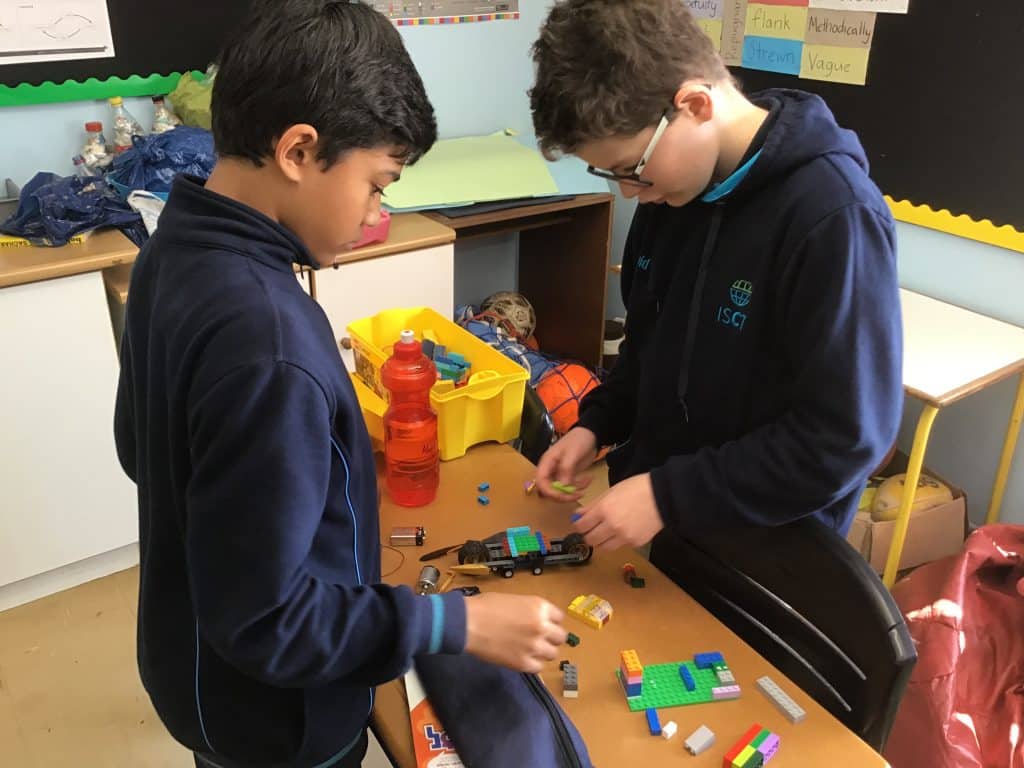What is STEAM?
STEAM is an educational approach to learning that emphasises the importance of the interrelated nature of Science, Technology, Engineering, Art, and Mathematics.
Why STEAM?
STEAM provides an access point for guiding student inquiry, problem solving, dialogue, and critical thinking. Furthermore, STEAM learning applies meaningful Maths, Science, and Technology content to solve real-world problems through hands-on learning activities and creative design.
Global skill shortages in STEAM-related fields are redefining educational priorities. Schools are starting STEAM-based learning programmes to equip students with the skills and knowledge needed to thrive in the 21st century. STEAM learning will not only produce tomorrow’s designers and engineers; it will develop innovative mind-sets and the ability to problem-solve, ensuring that our students become creators of technology, not just passive consumers.
Using STEAM education results in students who take thoughtful risks, engage in experiential learning, persist in problem-solving, embrace collaboration, and work through the creative process. These are the innovators, educators, leaders, and learners of the 21st century!
Benefits of STEAM learning
Students who participate in STEAM learning:
- think outside the box
- feel safe to express innovative and creative ideas
- feel comfortable doing hands-on learning
- take ownership over their learning
- work collaboratively with others
- understand the ways that science, maths, and technology work together
- become increasingly curious about the world around them and feel empowered to change it for the better.
What does a STEAM lesson/curriculum look like?
STEAM-based programmes take an integrated approach to learning and teaching, which requires an intentional connection between curriculum learning objectives, standards, assessments, and lesson design/implementation.
In an authentic STEAM lesson, the path to knowledge is anything but smooth. Questions are driven by the learners, and failure is reframed as part of the learning process. Goals, decisions, and solutions are generated by the students within the limitations of their learning context (such as access to materials and tools, or achieving curriculum standards). They control their own investigations. As long as the inquiry results in a product that provides a solution to a real problem, the inquiry is authentically STEAM.
Teachers encourage students to identify problems themselves. A framework such as the Engineering design process helps to guide them to solve problems that relate to their environmental and social context. This could be by starting close to home by finding a problem on the school campus or in the neighbourhood.
As students tackle challenges, create prototypes, test and retest their designs, you can expect a fair amount of noise in the STEAM classroom. STEAM challenges require students to make, tinker and build. STEAM lessons are purposefully designed to integrate maths and science learning content. Measuring, calculating, testing, gathering and analysing data – when students are applying these skills to solving a problem, they can see the maths and science in what they are doing.
Why is STEAM right for ISCT and why now?
We currently have a cohort of students who have been learning with iPads and various technologies for a number of years. They are inquisitive, motivated, and confident. Providing pathways for our students to utilise the technology available as a tool to solve real world problems; to further enhance understanding; and increase engagement with content is vital for our students in a ever changing learning landscape.
STEAM education creates a learning platform that recognises the importance of creativity and innovation in the future to solve real-world problems, connecting the learning to the real world, giving it a purpose.
*Important to note that STEAM is not to replace traditional lessons at ISCT. Direct and explicit teaching supported with practice/repetition is proven to enhance student outcomes. STEAM lessons are to run alongside/integrated with these subjects in order to improve knowledge retention, motivation and apply their understanding of curriculum to the real world.

